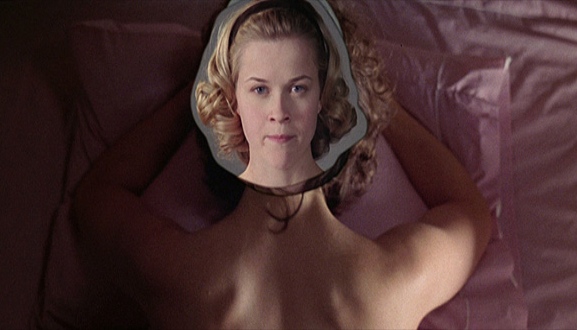
A new regular column, Women To Watch features profiles of women working in all positions and genres of film.
Experimental filmmaker Sylvia Schedelbauer’s work stages confrontations between images and their histories. Through associational and oppositional editing strategies, she constructs dynamic images which seem to appear at the borders of vision and the limits of knowledge, filling in material and perceptual gaps that instantly reveal other blank spaces and unanswered questions: social histories collide with personal memories. By employing collage techniques and toying with said voids, Schedelbauer’s films reveal the world in a perpetually unsettled state of flux and traverses into liminal zones where time and space collapse.
Born in Japan and raised by a German father and Japanese mother, Schedelbauer has been based in Berlin since moving there at the age of 19, hinting at a vexed transnationalism in her work. Though born well after World War II, the traumas of the conflict encroach upon her films, as she infuses her work with direct and indirect biographical and historical details (her grandfather, for instance, had questionable associations with the Nazis). In her films, Schedelbauer allows these complex (and often repressed) memories to boil over, but through a number of remarkable formal techniques, they remain powerfully enigmatic. Typically working with found footage (often pulled from the archives of renowned San Francisco-based experimental filmmaker Craig Baldwin), she approaches materials looking not only for what literally appears, but more elusively for the masked impulses and temporal weight lurking beneath the visual surfaces.
Watching her films, there is always a sense of otherworldly discovery. In Erinnerungen (Memories) (2004), a Nazi grandfather’s photo diary leads to a form of revolt in Japan. In Remote Intimacy (2007/08), a recurring dream wanders through an array of archival footage, suspending the viewer in an indefinable space. The remarkably mysterious False Friends (2007) utilizes mid-century found footage to evoke a series of arrivals and departures with a dark undercurrent of violence and fear. way fare (2009), which acts as something of a companion to False Friends, focuses on a wandering figure in search of the intangible. Sounding Glass (2011) uses an enhanced flicker technique to push a figure in and out of the space around him, suggesting to a strange psychological portrait made apparent through a number of repeated images. Sea of Vapors (2014) indicates a slight change in direction concerning the type of footage being used, but suggests a near cosmic connection between psychology, nature, and the human body— elements that all seem increasingly essential in understanding Schedelbauer’s films.
All the formal and thematic elements of dislocation, liminal spaces, repetition, and psychology are fundamentally connected to the cinematic viewing experience. Over the course of her work, Schedelbauer has greatly enhanced this impact through the use of flicker effects. At first, the flicker is used as an editing strategy, establishing a sharpness to the cuts that separates images into individual fragments and disrupts the viewer in such a way that establishing correlations between the images becomes an essential, critical practice. As the flicker becomes more aggressive in later works—culminating with extreme rapidity in Sea of Vapors—the images start to bleed together, pushing one image into the next, rearranging the spaces and figures as simultaneously disparate and tightly linked. The shifting registers become almost imperceptible. There is a suggestion of an impossible unity between the various archival sources, the complex historical undercurrents, the process and memories of the artist, and the cognitive experience of the viewer. Schedelbauer configures a cinematic space where these elements combine, collide, and multiply. They become shadow figures, intimately connected yet impossible to grasp. When the lights come up, the memories fade but the tremors remain.




